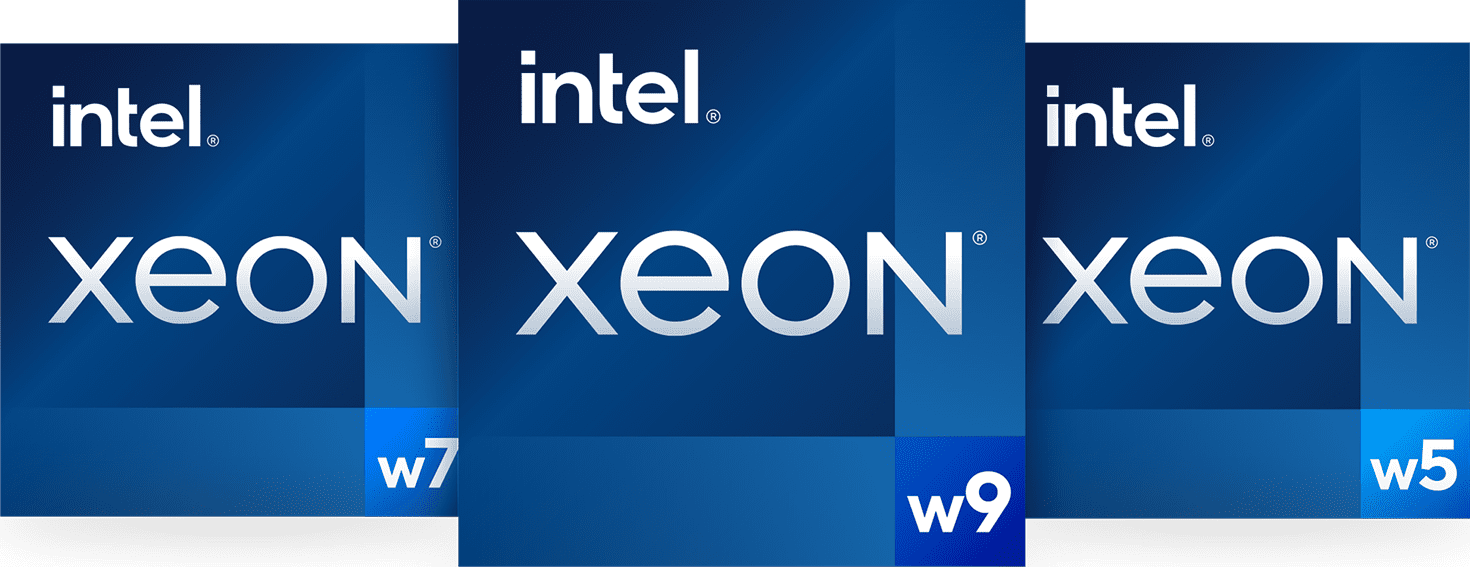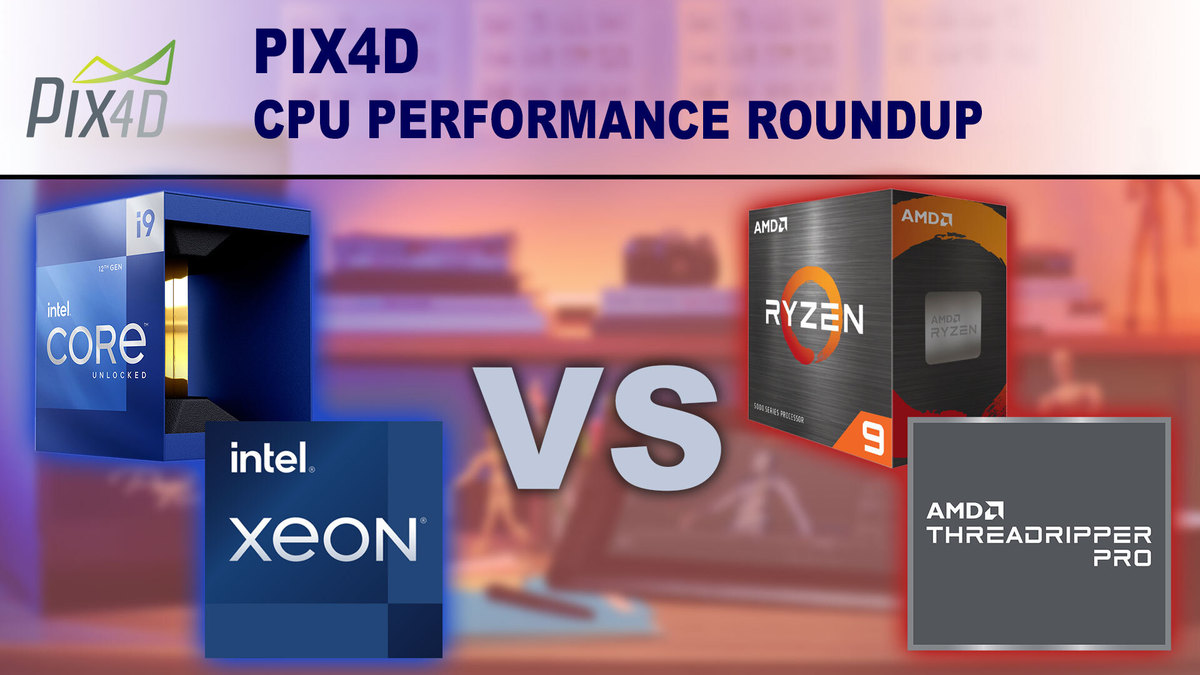On February 15th 2023, Intel announced the launch of two new families of Xeon processors: the W-2400 and W-3400 series. Read about new and potentially exciting features they bring to Intel’s workstation lineup and what differences there are between these two CPU families.














